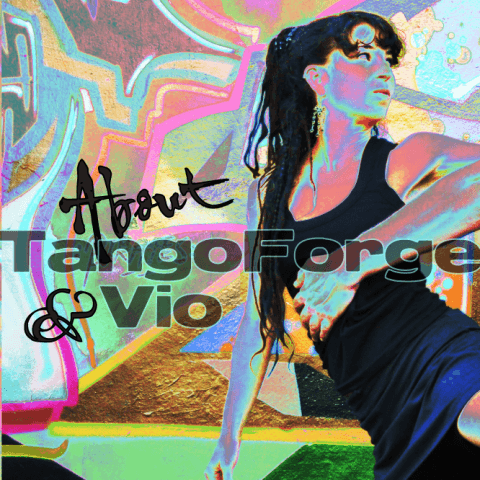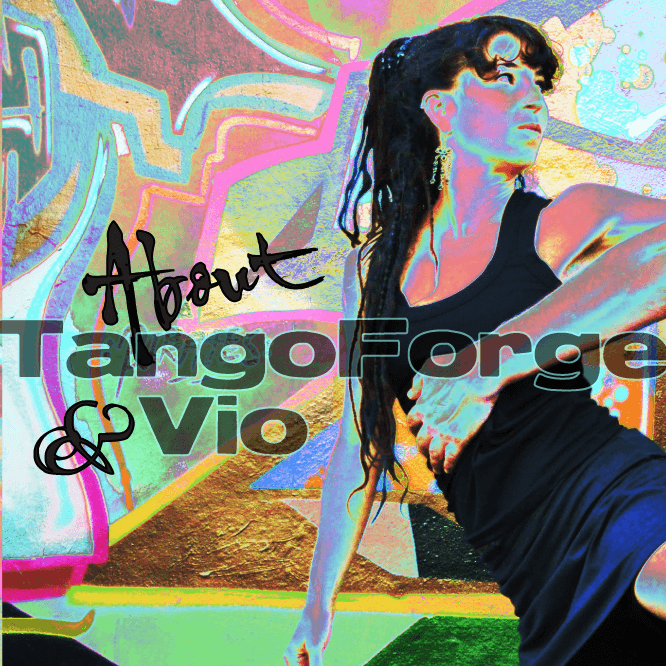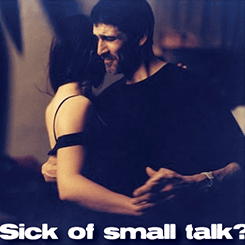…the most basic vocabulary of movements available to a dancer. These are the Elements of Tango.
A few of the movements are in fact sequences, which are simultaneously so distinct and so common that they function as single concepts.
All of these movements existed and were used during the Golden Age of Tango (blogpost on this topic).
The Lexicon of Tango is the repertoire of 25 Elements and their variations inherited from the 1940s. Until the mid-1990s, tango was understood in groups of steps, or sequences. The Cochabamba Investigation Group analyzed tango and identified the basic elements, from which dancers can compose. Dancing from the elements empowers dancers to to express every music, challenge partners to maintain intense concentration, and use space skillfully for better floorcraft.
This lexicon is categorical. It is intended to help a dancer evaluate the scope of your familiarity. Once you are familiar with the entire lexicon, you are ready to master the iterations of each movement.
Feel free to check off the elements you know. You can even download and print the checklist.
If you dance from the Elements you do not need to memorize sequences. Here is a method for learning to dance from the elements:
- Learn the technical distinctions between the 25 Elements. You should be able to recognize them when you see them, and to execute at least one of each. Use the checklist below.
- Learn the system of variations for each element. Keep track on the PDF.
- Consider and master the dynamic range so that you can use more elements with various music.
… have varying numbers of iterations, variations, and pseudonyms. Our KnowledgeBase encyclopedia of movements includes a larger number of entries which systematize the iterations, isolate common variations, and disambiguate the psuedonyms (If something is missing, please let us know.)
The KnowledgeBase and MasterCourse are available in our Digital School.
Steps / Walking
- Front step /
- Back step
- Side step
- Change of foot
- Molinete lineal … front side back side (Greek wedding dance)
- Ocho … step with pivot
- Sacada … displacement
Walking on a circle
- Double-giro … both doing Molinete on the circle
- Single-giro (Mark’s) … Mark in center of circle, Revel walks around
- Single-giro (Revel’s Calesita) … Revel in center of circle, Mark walks around
Modified steps
- Crosses
- Parada … stops
- Barrida (variations: Sandwichito, Pulpeades…) … Mark’s leg sweeps the Revel’s leg
Power transfer
- Rebote … elastic step
- Alteración … elastic step with pivot
- Voleo Circular … free leg is maximized into the air, with pivot
- Voleo Linear … free leg is maximized into the air, without pivot
- Gancho (includes wrap, double-gancho, piernazo, castigada) … voleo hooks the partner’s body
- Rebote cadera … elastic move of the hips
- Patada … kick between the partner’s legs
Off-balance / leaning / flying steps
- Volcada … leaning move toward the partner
- Colgada … leaning move away from the partner
Beyond the embrace
- Soltada … release of the embrace
- Adorno … decoration with the free leg
- Salta & Sostenida … jump & sustain












